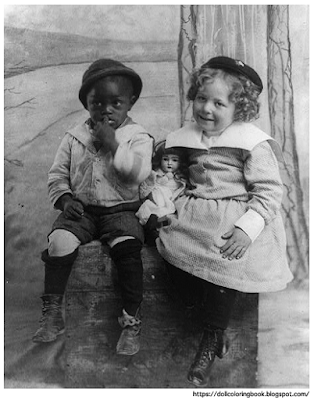 |
| Above is an easy toy transformation that any older sibling or parent might accomplish in just one, sunny afternoon. |
 |
| A classic, wooden pull-cart for baby blocks by Melissa & Doug may be used for this easy DIY craft. I purchased the one pictured above, for only $1 in a local thrift store. |
You may have seen a pull cart like this one in resale for a dollar or two and wondered if it might be made useful again? They are usually tossed out after a year or so, when baby no longer seems interested in pulling his blocks up and down the hallways.
Here is an idea to extend his interest in the cart and you probably have most of the supplies needed stored in your garage at home!
Supply List:
- chalkboard spray paint (any color)
- masking tape
- newsprint
- large cardboard box
- a wooden pull-cart (mine was purchased from resale)
- blocks
- chalk
- soft old rag
- red acrylic paint to touch up the wheels of my cart
- sand paper
- Clean and sand the pull-cart to prepare it for painting.
- Use masking tape and newsprint to cover areas that you don't wish to be sprayed with chalkboard paint. I only chose to spray paint the inside, bottom of my wagon.
- Now set the wagon inside a large cardboard box to protect the surrounding environment from spray paint as you work. I spray painted my little block wagon outdoors.
- Spray three to four even coats of chalkboard paint in order to get nice, durable coverage.
- Let the wagon dry overnight.
- Remove the masking tape and newsprint. Then repaint the wheels with red enamel paint if these are scuffed up.
- Now you can use chalk to trace around a variety of block shapes and sizes that are in your toddler's collection. Challenge him or her to match the shapes and call these by name while they play this simple game.
 |
| Ideas like these help parents to recruit family members in the practice of teaching primary learning activities to babies and toddlers. |















































